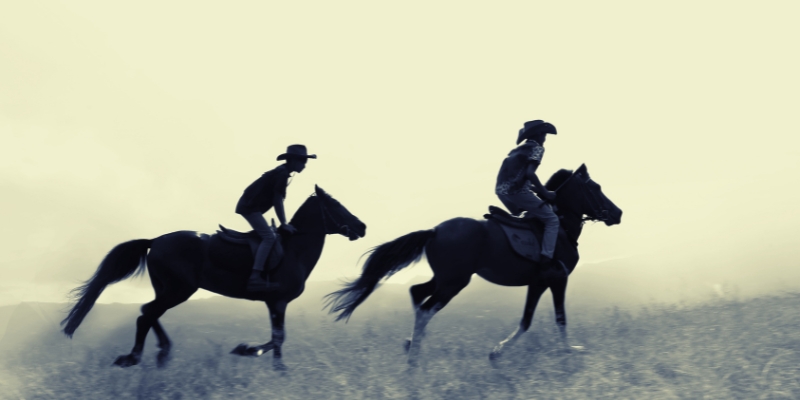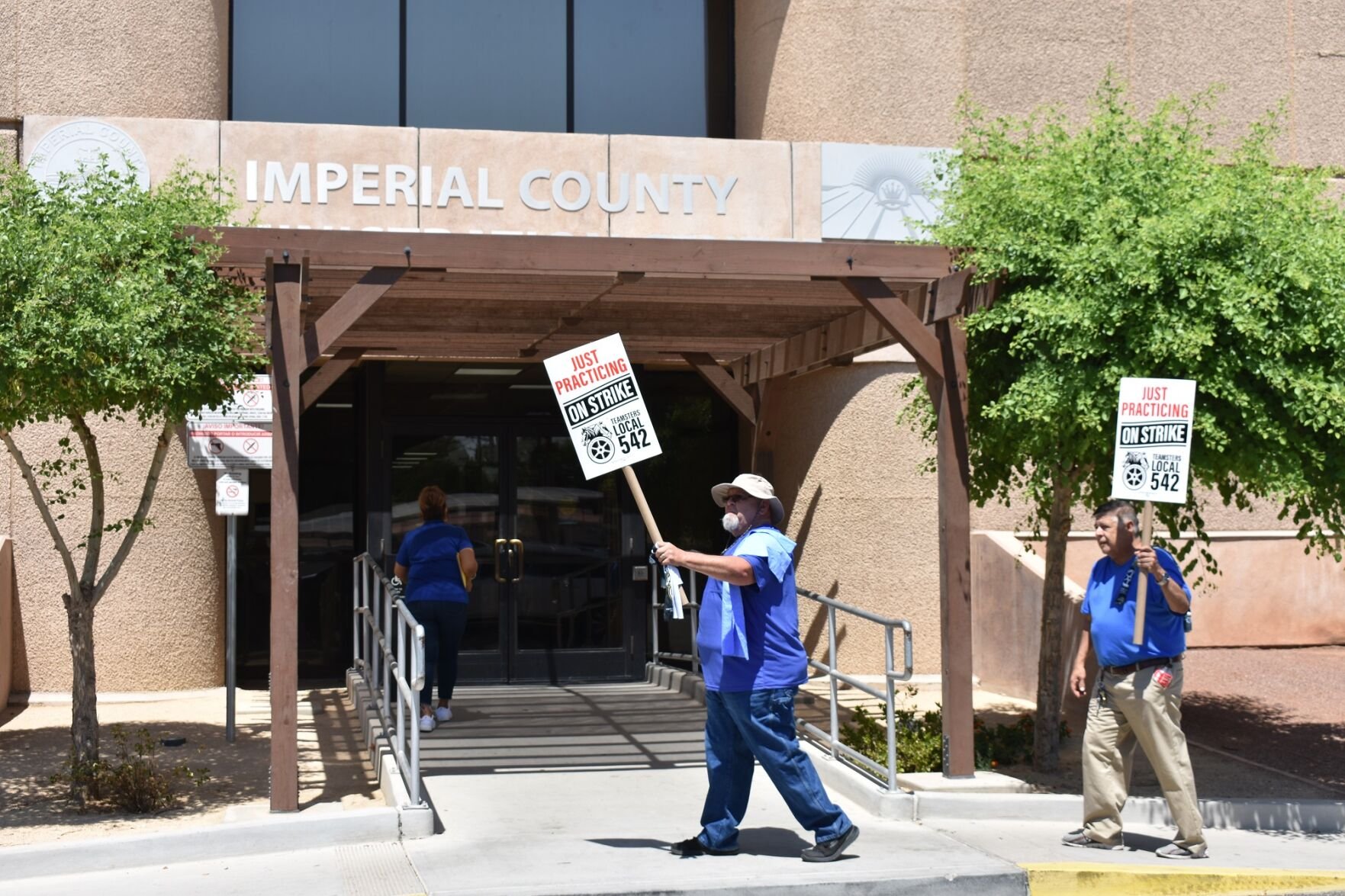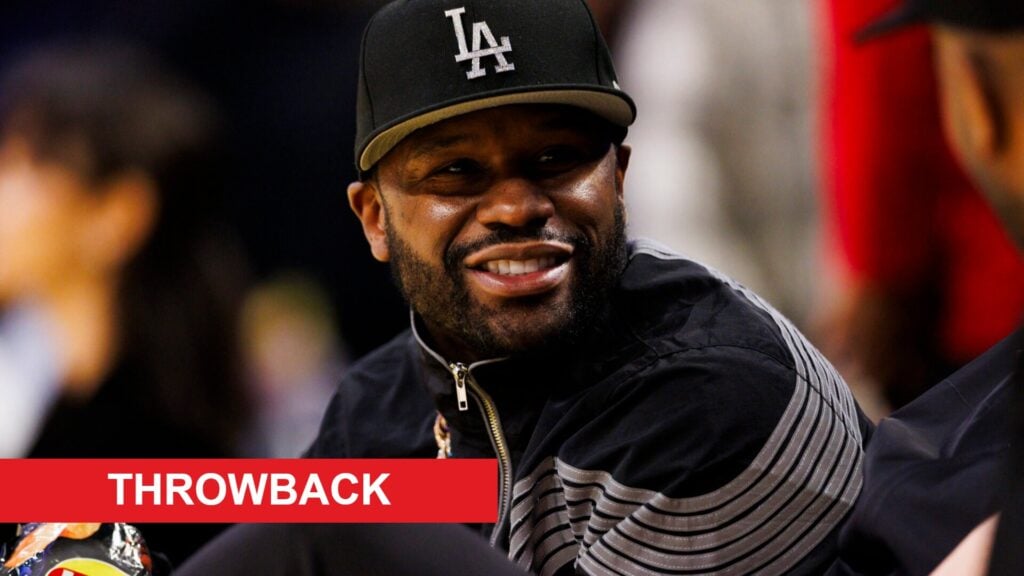Long before freedom papers could be signed, many enslaved people staked their hopes on a different document—the hoof-prints of a borrowed or stolen horse. A recent Literary Hub essay retraces those night rides from Caribbean plantations to the American South, showing how horses became indispensable partners in the long struggle against bondage.
Riding to Freedom: On the Importance of the Horse in Escaping Slavery

Key Takeaways:
- Horses granted enslaved fugitives the speed and range on which many escapes depended
- Archival sources like The Underground Railroad Records chronicle mounted flights to freedom
- Jamaican maroons and North American escapees shared tactics that threaded through British colonial rule
- Modern scholarship, including Mounted: On Horses, Blackness and Liberation, is reframing abolitionist history around the human-equine bond
- Remembering these stories widens our understanding of resistance and the unexpected allies it enlisted
Opening Questions in the Stable
“The first time I met the horses and the fugitives, I wanted to speak with them directly,” the author writes, imagining a conversation across centuries. The vision is less fanciful than it sounds: in plantation ledgers, abolitionist pamphlets and runaway-slave advertisements, horses all but speak, revealing how critical they were to escape plans carefully laid under moonlit skies.
A Silent Ally on the Plantation
For an enslaved person plotting flight, distance was both enemy and opportunity. A fast mount could turn a morning’s march into an hour’s gallop, shrinking the radius in which slave catchers prowled. Whether borrowed from the overseer’s paddock or traded for with clandestine help, a horse often meant the difference between capture at the gates and a clean break by dawn.
Caribbean Routes and Rebellion
In Jamaica, maroons—communities of formerly enslaved people—relied on mobility to survive British colonial crackdowns. Texts such as Authentic History of the English West Indies record how horses carried rebels through dense terrain, allowing them to attack plantations swiftly and vanish into the hills before troops arrived.
Northward on the Underground Railroad
Across the Atlantic, similar stories echo in The Underground Railroad Records. Notices for “runaway slaves” frequently describe a rider and mount disappearing together, signaling how the network’s famed safe houses were sometimes first reached on horseback. The animal, nameless in most archives, nonetheless left a trace as unmistakable as iron on rail.
Revisiting the Archive
Mounted: On Horses, Blackness and Liberation—a study cited in the essay—argues that traditional histories have undervalued the horse’s role in abolition. By piecing together advertisements, court testimonies and plantation journals, scholars now contend that mounted escapes were far from rare; they were a tactical mainstay in both Caribbean and North American resistance.
Why the Hoof-Beats Matter Today
Remembering these equine partners restores complexity to freedom’s narrative. It reminds us that liberation was not only a human endeavor but a collaboration that crossed species lines. In the hush before a midnight ride, the bond between fugitive and horse held the promise of outrunning an empire—and sometimes, they did.











